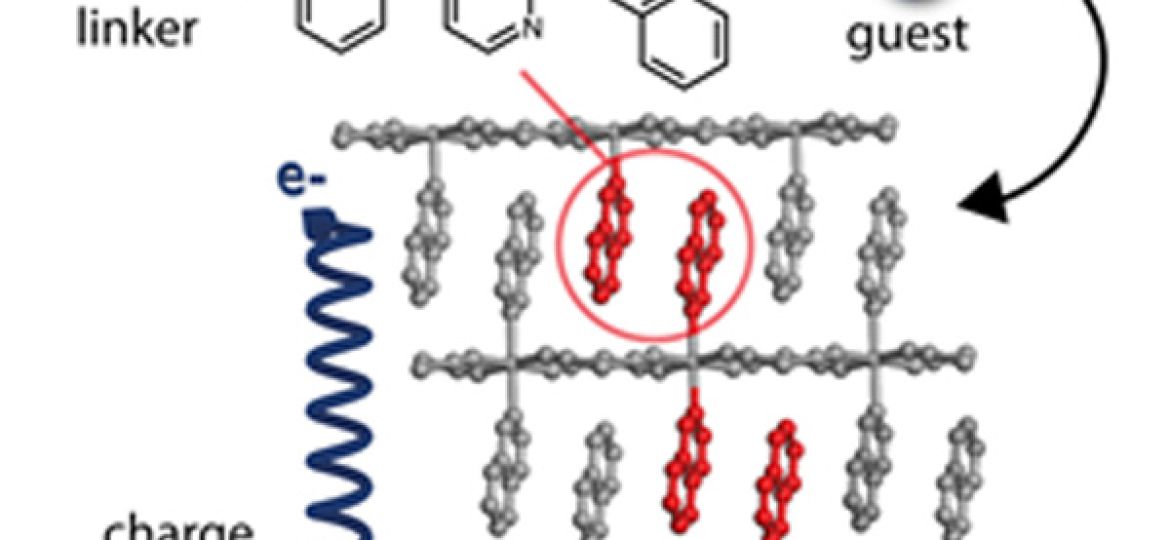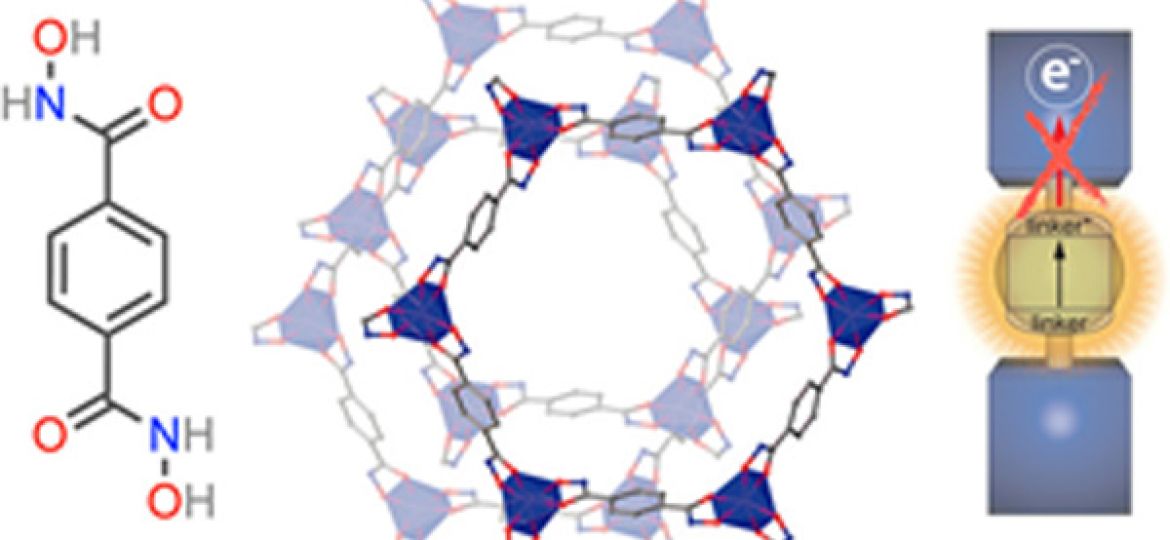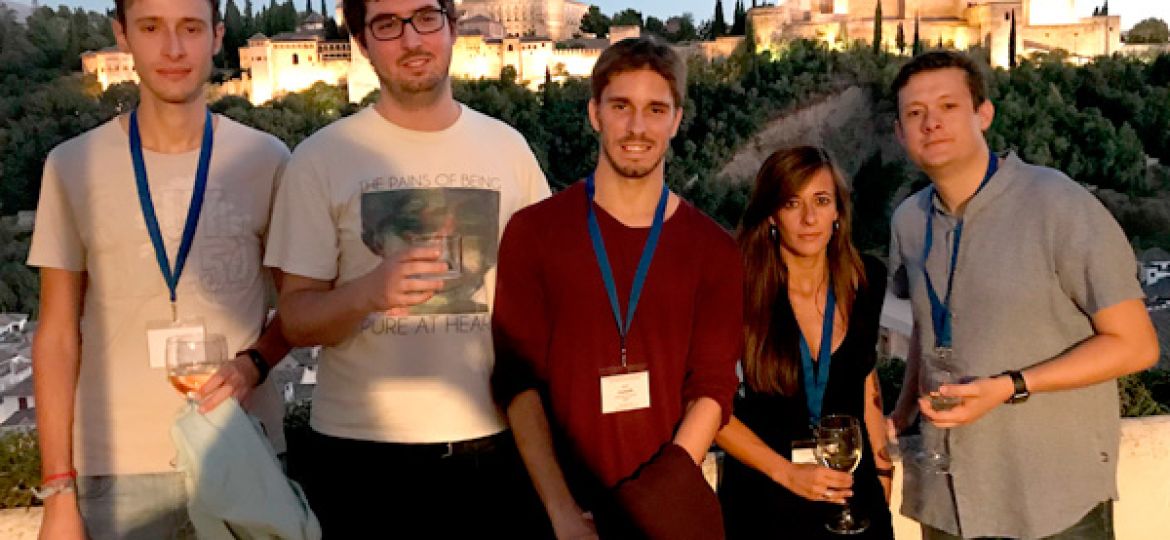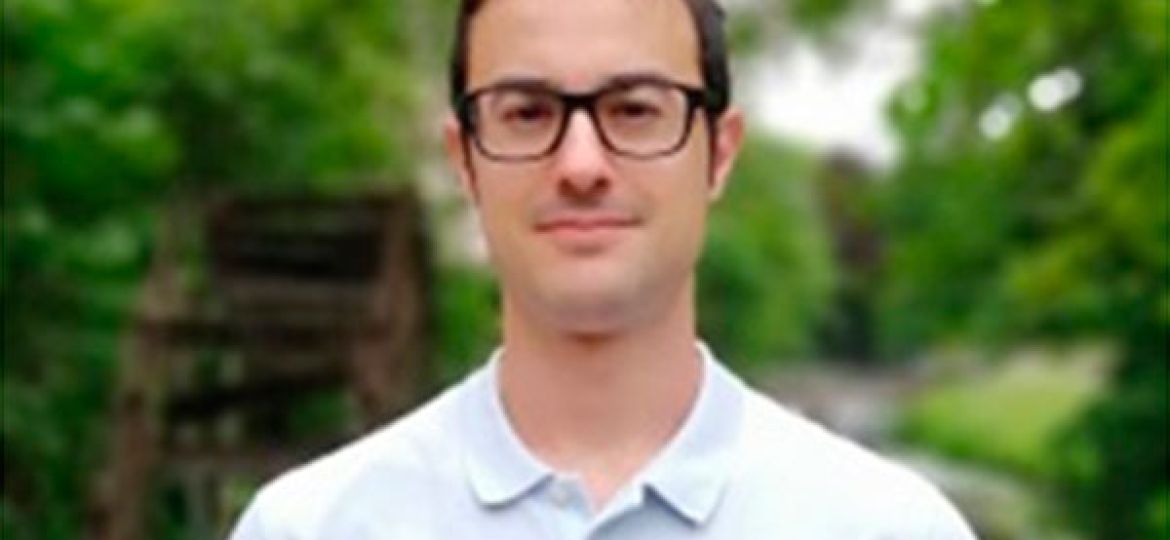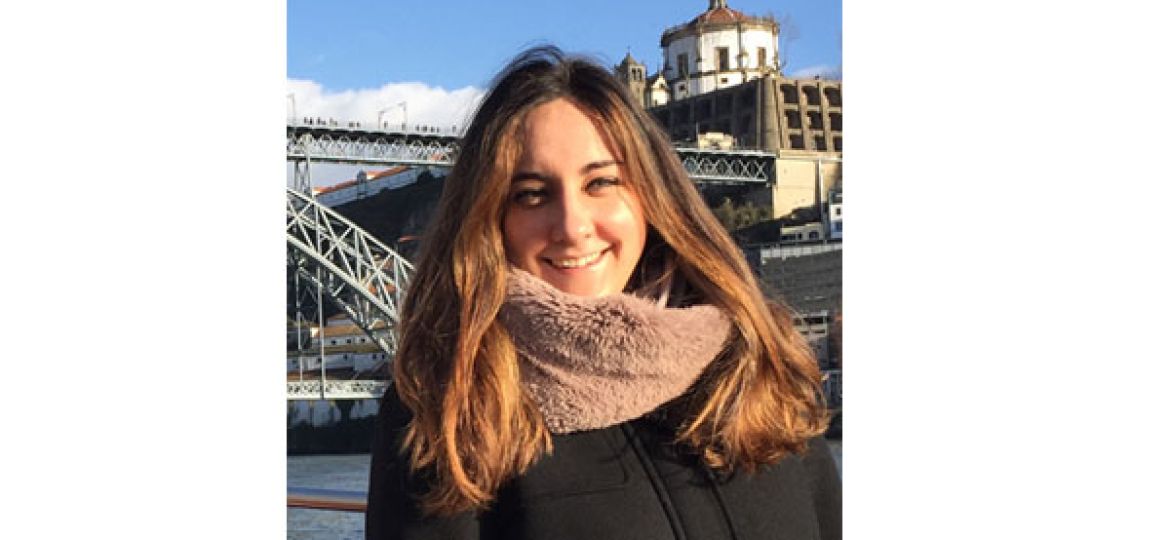Our study of the nanoscale properties of a family of 2D FeII Hoffmann-like coordination polymers was just published as an article in Chemistry of Materials. This collaboration between from FuniMat and SMolMat research groups of the ICMol, and scientist from the DELTA synchrotron of TU Dortmund. We report the fabrication of ultrathin films of (thickness < 30 nm) of this family of 2D FeII Hoffmann-like coordination polymers, and the subsequent study of their electronic and structural properties at the nanoscale. This type of study is unprecedented in spin crossover coordination polymers and contributes to the perspective integration of these materials into the field of electronics. You can read the full text here
Natalia´s work is already available at JACS. The design of metalorganic frameworks with chemical stability is limited to metal connectors as carboxylates or azolates. Inspired by the chemistry of siderophores, we report a hydroxamate titanium framework that combines photoactivity with hydrolytic stability. The straightforward derivatization of carboxylic linkers with hydroxamic groups might represent an alternative route to broaden the family of reticular solids. Check it out!
Funimat was present at the International Symposium on Composites of Metal and Covalent Organic Frameworks held in Granada. Carlos delivered a keynote lecture on Charge Transport in Ultrathin films of Metal-Organic Framewors. For more details see here.
Fran is originally from Elche. He joins the team with a La Caixa Junior Leader Fellowship Fellowship after a Postdoc stay in KU Leuven with Dirk De Vos. He will focus on the development of high performance metal-organic framework catalysts.
Rubén graduated in Chemistry at the Universidad de Valencia in 2019. He will be exploring the electrocatalytic properties and potential of some of the materials developed @FuniMAT in energy conversion.
Ana graduated in Chemistry in 2018 after an Erasmus stay at The University of Manchester. She will be exploring new methodologies for the flow synthesis of pharmaceuticals with MOF catalysts.
Carmen graduated in Chemistry in 2017 at the University of Santiago de Compostela an got a master in Chemistry at the University of Valencia in 2019. She will be working in the design of porous and materials and layered clays for water remediation and removal of toxics.
Elisa comes from Lille (France).For her internship as an Erasmus student, she will be helping Belén with the synthesis of chiral MOFs from proteogenic building blocks.
Isabel and Francisco have been awarded the Marie Curie and La Caixa Junior Leader Fellowships, respectively. These are very competitive calls that highlight their excellent scientific and academic performance. Congratulations!
Carlos joined Yaghi´s lab at UC Berkeley as a visiting scholar to discuss on potential collaborations on water adsorption and CO2 reduction with heterometallic titanium organic frameworks. Thanks for the invitation!

